A study in the journal Molecular Nutrition & Food Research found even though your leafy greens are loaded with nutrients, you’re not fully absorbing them without the right kind of dressing.
Researchers here gave 29 people a salad topped with either saturated, monounsaturated, or polyunsaturated fat-based dressing.
In case you wondered, butter was the saturated fat, canola oil the monounsaturated fat, and corn oil the polyunsaturated fat.
I know what you’re thinking: nobody eats butter on a salad! But butter represents saturated fat well, so that’s what researchers went with.
They gave participants a salad topped with a dressing that contained three, eight, or 20 grams of fat.
Researchers then collected blood samples to see how well these people absorbed the carotenoids in their veggies and leafy greens.
Monounsaturated was the winner. People who ate monounsaturated-fat dressings absorbed the same amount of carotenoids regardless of whether they ate three or 20 grams of fat on their salad.
Put another way: if you want to get the most bang from your dressing buck, stick to a monounsaturated fat dressing like olive oil.
Polyunsaturated fat, on the other hand, proved the most dose-dependent. So those who put 20 grams of a polyunsaturated-fat dressing on their salad, in other words, absorbed the most carotenoids. Same with saturated fat, though to a lesser extent.
Carotenoids encompass a full umbrella of compounds including lutein, lycopene, beta-carotene, and zeaxanthin. Beta-carotene, for instance, gives sweet potatoes their vivid orange hue.

But here’s the deal. Carotenoids are fat-soluble nutrients. If you don’t eat some fat with them, you’re not going to fully absorb them.
Cooking your veggies in fat, like butter or coconut oil, helps you best absorb carotenoids and fat-soluble nutrients like vitamins D, E, and K. Likewise, a full-fat dressing will help you absorb the leafy greens’ fat-soluble nutrients better than a fat-free dressing.
“If you want to utilize more from your fruits and vegetables, you have to pair them correctly with fat-based dressings,” said lead author Mario Ferruzzi. “If you have a salad with a fat-free dressing, there is a reduction in calories, but you lose some of the benefits of the vegetables.”
I hope we get more studies like this that put the low-fat and fat-free dogma to rest. If you’ve visited any grocery store lately or even talked to a friend who’s doing Weight Watchers or whatever diet, you’ll find the fat-is-bad mentality alive and well. (Do I need to remind you that sugar is fat free?)
I’ll leave you with these 5 fat-phobic fallacies that you should avoid like the plague:
- Yogurt. Yeah, it’s got zero fat and 100 calories in that little container, but almost all the calories in those tiny packets of fruit-on-the-bottom yogurt come from sugar. Full-fat dairy, on the other hand, has a fatty acid called conjugated linoleic acid (CLA), which studies show helps you burn fat. Kind of ironic that people are skipping the full-fat stuff when it could actually help burn fat, right?
- Beef. Stop it with the 96% fat free ground beef and fat-trimmed filets already. Grass-fed beef is higher in the above-mentioned CLA as well as omega-3 fatty acids. Spend the extra money and eat less of it.
- Wild-caught fish. Even though salmon and other fish are loaded with health-boosting omega 3s, I will occasionally see a can or package of, say, wild salmon that boasts a low-fat claim. Especially with wild-caught, you want your fish to be fatty so you’ll get optimal amounts of these essential fatty acids.
- Salad dressing. Tally up how many dressings on the grocery shelf proudly proclaim “fat free” or “low fat” on the label. Then turn those bottles around and count how many ingredients they contain. Put ‘em back and buy extra-virgin olive oil or make your own dressing.
- Ice cream. Skip those fat-free concoctions that taste like frozen wallpaper paste. If you’re going to indulge, make it the richest, fullest-fat ice cream you can find, and do it infrequently. You’ll eat less, and the fat will help buffer out the ice cream’s sugar. Better yet, look for a no-sugar-added ice cream like So Delicious coconut milk ice cream.





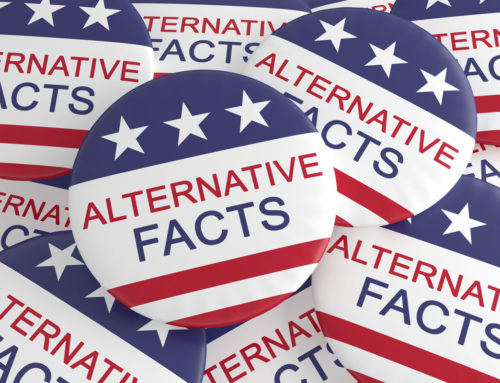
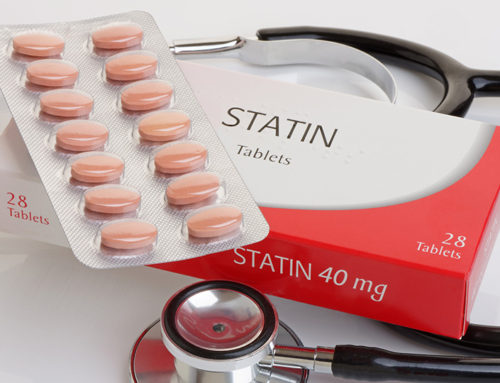
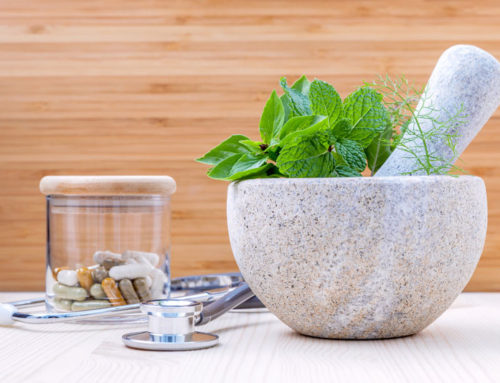
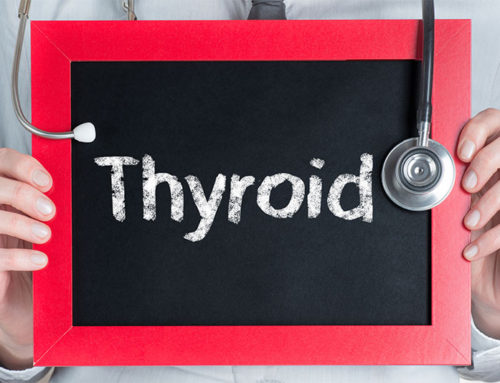

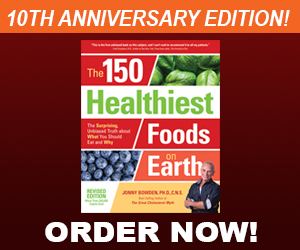
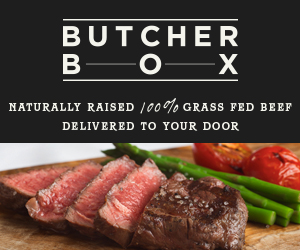
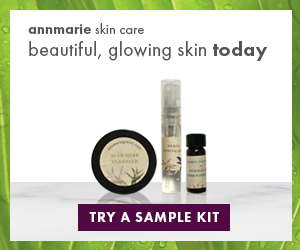

How do you get healthy coconut milk ice-cream~?
What would you say about soft serve ice cream and gelato?
Same thing. It’s sugar.
So, soft-serve and gelato are not as good as the full-fat ice cream you recommend?